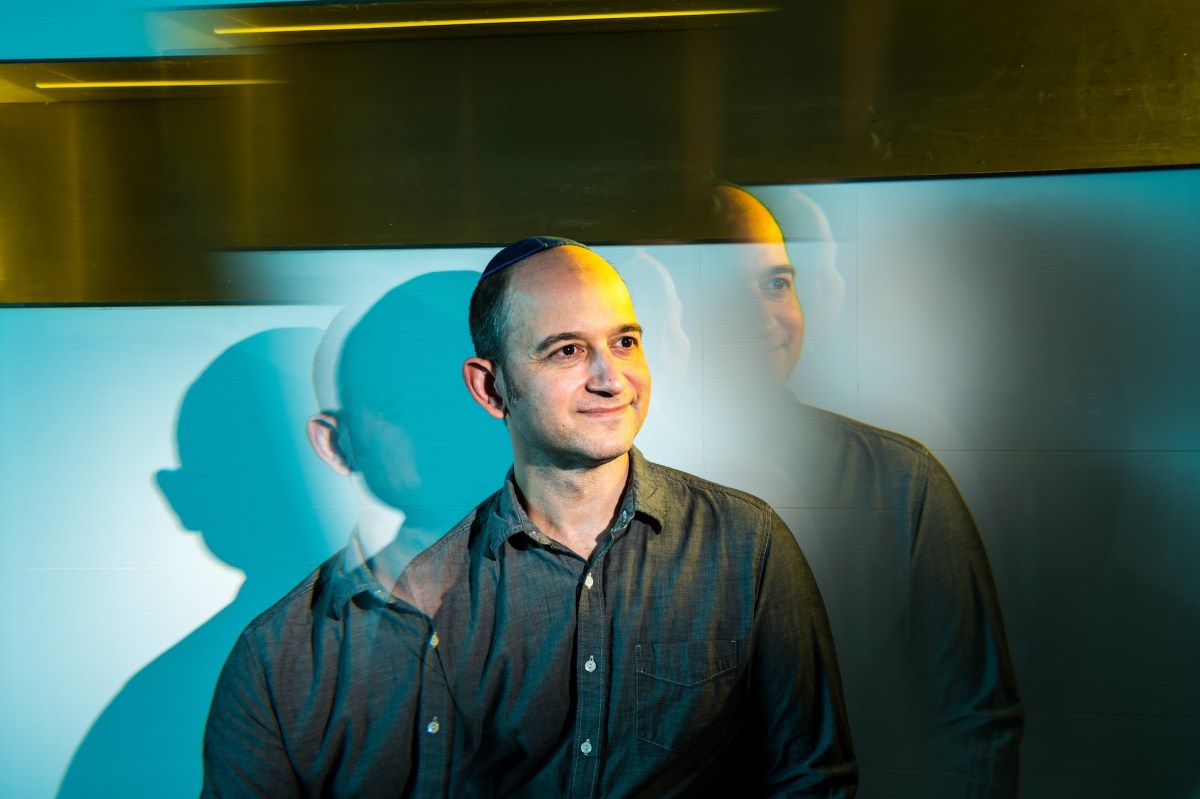In a big move, Character.AI co-founder and CEO CEO Noam Shazeer is returning to Google after leaving the company in October 2021 to found the a16z-backed startup. In his previous stint, Shazeer spearheaded the team of researchers that built LaMDA (Language Model for Dialogue Applications), a language model that was used for conversational AI tools.
Character.AI co-founder Daniel De Freitas is also joining Google with some other employees from the startup. Dominic Perella, Character.AI’s General Counsel, is becoming an interim CEO at the startup. The company noted that most of the staff is staying at Character.AI
Google is also investing an undisclosed amount in the startup, and in return, Character.AI will give it a non-exclusive license to its tech.
“I am super excited to return to Google and work as part of the Google DeepMind team. I am so proud of everything we built at Character.AI over the last 3 years. I am confident that the funds from the non-exclusive Google licensing agreement, together with the incredible Character.AI team, positions Character.AI for continued success in the future,” Shazeer said in a statement given to TechCrunch.
“We’re particularly thrilled to welcome back Noam, a preeminent researcher in machine learning, who is joining Google DeepMind’s research team, along with a small number of his colleagues,” Google said in a statement. “This agreement will provide increased funding for Character.AI to continue growing and to focus on building personalized AI products for users around the world.”
Character.AI has raised over $150 million in funding largely from a16z.
“When Noam and Daniel started Character.AI, our goal of personalized superintelligence required a full stack approach. We had to pre-train models, post-train them to power the experiences that make Character.AI special, and build a product platform with the ability to reach users globally,” Character AI mentioned in its blog announcing the move.
“Over the past two years, however, the landscape has shifted; many more pre-trained models are now available. Given these changes, we see an advantage in making greater use of third-party LLMs alongside our own. This allows us to devote even more resources to post-training and creating new product experiences for our growing user base.”

